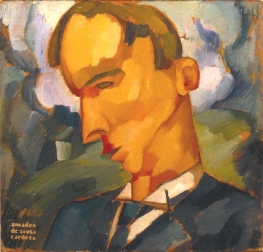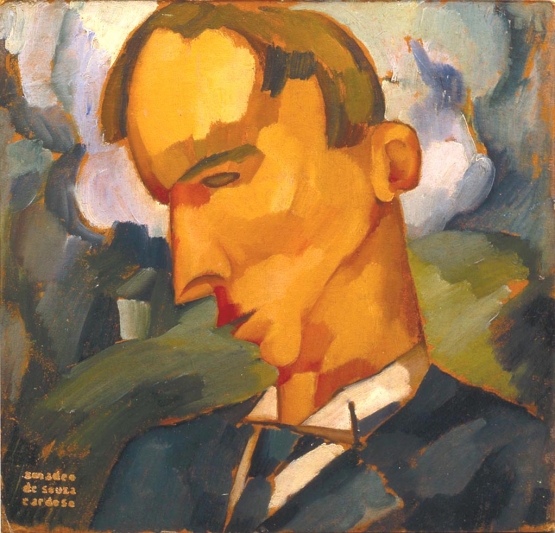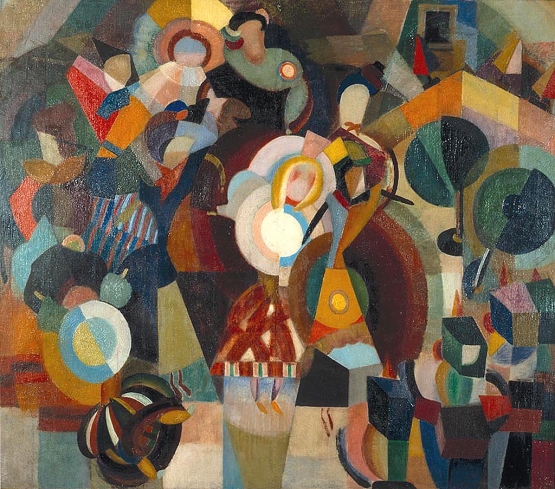Modernism appeared in Portugal in the wake of the 1910 Republican Revolution and as a result of the Paris-based Portuguese artists and the growing exchange of information and contact with the emerging avant-garde that this situation produced. The literary generation, which revolved around Fernando Pessoa and the magazines Orfeu and Portugal Futurista, also provided the Modernist movement with very important breadth and depth. Amadeo de Souza-Cardoso, based in Paris, was the only Portuguese artist to take part in some of the major exhibitions of the international avant-garde. With the outbreak of the First World War he went into exile in his own country, accompanied in 1915 by the Delaunays, and died prematurely in 1918.
After the war, Portuguese artists resumed their temporary stays in Paris but did not make any notable contributions to exhibitions or new experimental work. To Portugal they brought a conservative modernity, very different from the avant-garde. In the words of Almada Negreiros, the local artistic context was still “a hopeless misunderstanding”. Dominated by an outmoded and outworn naturalism, it was only in the mid-1930s that the country experienced a superficial assimilation of modernity. This was defined at the time by António Ferro, its official promoter, as being within the limits of an “indispensable equilibrium”, with no “incompatibility between an aware authoritarian regime and modern art”.
At the same time there was a reformulation of modernism, with new ideas being taken up by the international avant-garde movements to which certain artists belonged. António Pedro resumed his exploration of the relationship between words and space, which had started with the Orfeu generation, and then produced his first surrealist paintings. Vieira da Silva was the leader of the Second School of Paris, developing an abstraction of ambiguous spaces produced by the fragmentation of light. The early 1940s were also marked by the profound change in Almada Negreiros’s work following the frescoes he produced for the Alcântara and Rocha do Conde de Óbidos maritime stations.
Artists
Almada Negreiros
Amadeo de Souza-Cardoso
António Pedro
António Dacosta
Carlos Botelho
Dórdio Gomes
Eduardo Viana
Ernesto Canto da Maya
Francisco Franco
Maria Helena Vieira da Silva
Mário Eloy












